Expert Review
Peugeot 208 Hatchback (2023 - ) review
The Peugeot 208 is a supermini contender that marks itself out with chic styling, a posh interior, lots of gadgets and an electric version.


Words by: Ivan Aistrop

Additional words by: Auto Trader
Last updated on 29 January 2020 | 0 min read
The Auto Trader expert verdict:
4
Available new from £24,245
If you want a small car with plenty of style the Peugeot 208 might well be worthy of a place on your catwalk. It looks great thanks to its distinct design, and the interior is just as appealing. It also comes with lots of standard equipment and some really cool gadgets. Significantly, an electric version (called the e-208) is one the best electric cars available at any price.
Reasons to buy:
- Looks fab inside and out
- Loads of standard equipment
- Peugeot good on reliability
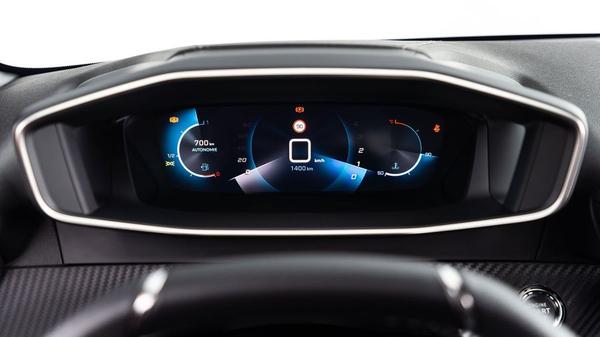
Running costs for a Peugeot 208
Compare the 208 with popular rivals such as the Renault Clio, Ford Fiesta and Volkswagen Polo, and it does look a wee bit expensive, costing a little more to buy. Resale values are no better than average, either, so that won’t provide any extra help in protecting your investment come resale time, or trimming monthly finance rates.
That said, depending on the version, the Peugeot is a bit more fuel efficient than many of its rivals, so you’ll pay a bit less at the pumps and emit a bit less carbon dioxide.
Alternatively, switch to the electric e-208 and you could dramatically reduce your fuel bills, but you’ll need to weigh up the increase in purchase price, which starts from just over £25,000. In the burgeoning electric car market, that is a competitive price and less than a Renault Zoe. It qualifies for the same tax breaks as other affordable small EVs such as the Renault Zoe, which makes it especially tempting for company car drivers.
Expert rating: 4/5
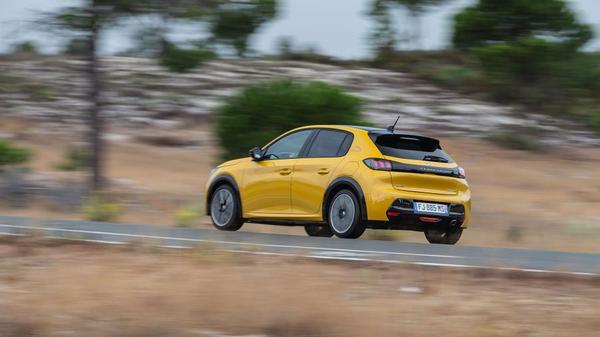
Reliability of a Peugeot 208
Think buying a French car means having to put up with shonky reliability? Think again. Peugeot has been performing well in the JD Power UK Vehicle Dependability Survey, an independent customer satisfaction survey, and in 2019 Peugeot led the manufacturer rankings outright. The company offers the 208 with a two-year unlimited-mileage manufacturer warranty, and a third year of cover is added to this by Peugeot dealers.
Expert rating: 4/5
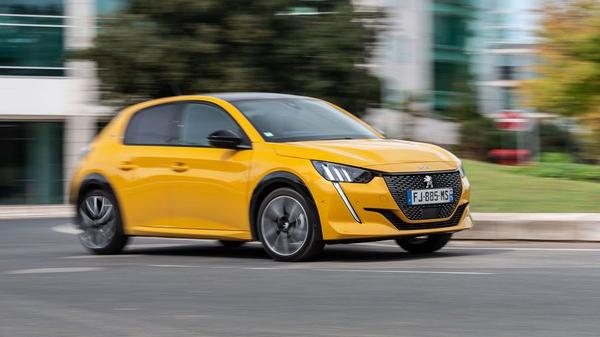
Safety for a Peugeot 208
All versions of the car come with automatic emergency braking system that slams on the anchors automatically if you fail to respond to warnings of an impending collision. The standard safety roster also includes lane keeping assistance and speed limit recognition and recommendation. Plus, you get all the other stuff you’d expect, such as a large collection of airbags and a stability control system. If you go for the GT trim you also get a lane positioning system and active blind spot monitoring. Despite all that, though, the 208 only managed to score four out of five stars in Euro NCAP crash tests, while many rivals have achieved the full five.
Expert rating: 4/5
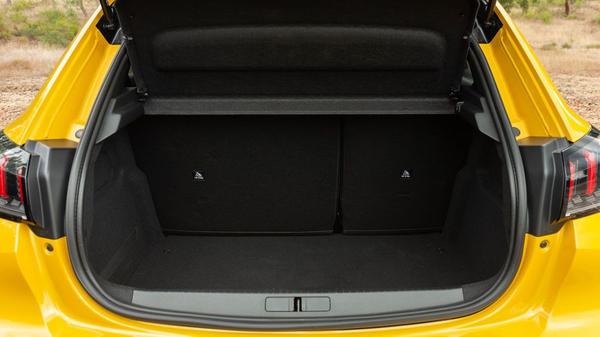
How comfortable is the Peugeot 208
Inside, there’s plenty of room in the front, and lots of little storage spaces in which to stash odds and ends. The rear seats are roomy enough to accommodate a couple of tall adults, provided those in the front seats aren’t too gangly themselves, but you will feel more hemmed in than you do in some rivals. That said, the boot is bigger than many in the class at 311 litres, and the rear seats fold down to extend the load area.
We think drivers will apreciate the 208’s interior design, because it’s a breath of fresh air. The materials are mostly good quality and there’s a really appealing mix of finishes and textures that makes the cabin feel classy and interesting in equal measure.
However, the driving position can be something of an acquired taste: instead of looking through your steering wheel to see your instruments like you do normally, an extra-small steering wheel is fitted and you have to peer over it instead. Some will like the unconventional feel this gives, others might struggle to get comfy. The dials themselves are pretty conventional on the most affordable Active trim level, but for the Allure and upwards they’re replaced by digital 3D ones that have a range of different configurations. They look cool and they work pretty well, while the touch-screen infotainment system is large and easy to operate when driving.
The petrol-powered 208 has a slightly floaty feel at first, and the amount of vertical movement initially makes you think the car has been set up for a pillowy soft ride, but you’ll still feel the car fidget over lumps and bumps. There are rival superminis that feel smoother, then, but it’s still reasonably comfortable, and if you chuck in a few corners, you’ll find that grip levels are good and body control is tight.
In the electric e-208, we’d say Peugeot has judged things just right. The small EV rides over nasty lumps and bumps with a big-car, unruffled feel, it cruises quietly and feels agile and responsive through corners. It’s one of the better electric cars to drive, although under full acceleration from low speeds, there are times when the impressive zip of the electric motor can overwhelm the front tyres’ grip.
Expert rating: 4/5
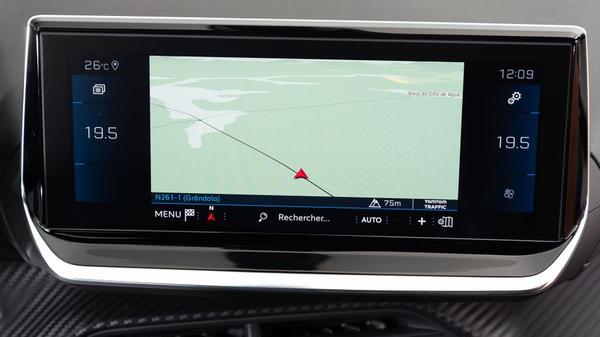
Features of the Peugeot 208
The basic trim is called Active, and even this one comes with plenty of luxuries, some of which you might not expect in a base-level small car. That includes air-conditioning, automatic headlights, electric front windows, rear parking sensors and a touchscreen infotainment system with DAB, Bluetooth, sat-nav and Apple Carplay/Android Auto.
Allure versions add automatic air-conditioning, clever mirrors, an electric parking brake, wireless smartphone charging, electric rear windows, automatic wipers and the funky 3D dials. GT Line trim is mainly about the enhanced aesthetic touches you get rather than extra luxury kit, but you do get a parking camera, plus sensors front and rear. GT trim, which is only available on the electric version, adds a self-parking function, heated front seats and adaptive cruise control with a stop-and-go function for traffic jams.
Expert rating: 4/5
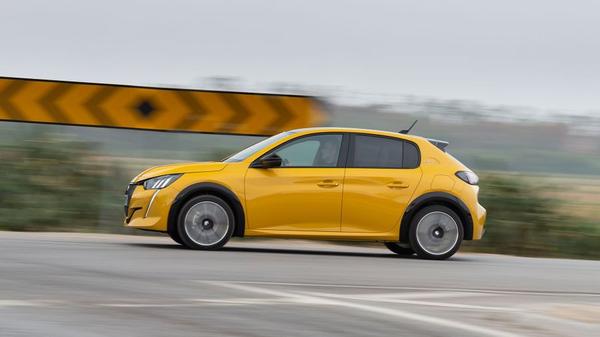
Power for a Peugeot 208
Buyers of the 208 have a choice between petrol engines, a solitary diesel or the electrically-powered e-208.
The petrol motors are based on the same turbocharged, 1.2-litre three-cylinder unit. The range kicks off with a 75 horsepower version and this will be fine for anyone who’s content to just pootle around while keeping costs to a minimum. There’s enough pep to keep the car rolling along, and it’s only when you need to pick up the pace in a hurry that it starts to struggle.
The next one up, a 100 horsepower version, is a better all-rounder. Acceleration is considerably quicker and easier, so it feels more comfortable in most driving situations. The 130 horsepower version doesn’t ultimately feel a lot quicker than the mid-range engine, and it’s not a lot quieter or smoother, either (all of them sound a bit raspy when you work them and you feel some vibration through the controls). What it does give you, though, is an eight-speed automatic gearbox as standard (you can also add it to the mid-range engine as an option), which moves through the gears cleanly and smoothly.
The sole diesel is a 100 horsepower 1.5, which feels rather lazy and laboured, and the amount of noise and vibration it gives off is reason enough to choose either one of the petrol motors or the electric model.
Significantly, the 208 is also available as an electric car. It’s actually the quickest 208 of the bunch against the stopwatch, and it feels brisk whether nipping for a gap in the traffic, powering past a slower vehicle or holding a high-speed cruise on a main road. There are three driving modes – Eco, Normal and Sport.
The car’s 50kWh battery gives a potential driving range of 211 miles, takes around 7.5 hours to charge from empty to full, when connected to a 7kW wallbox charger, and can go from 20% to 80% in 30 minutes when using a 100kW public fast-charger.
Expert rating: 3/5